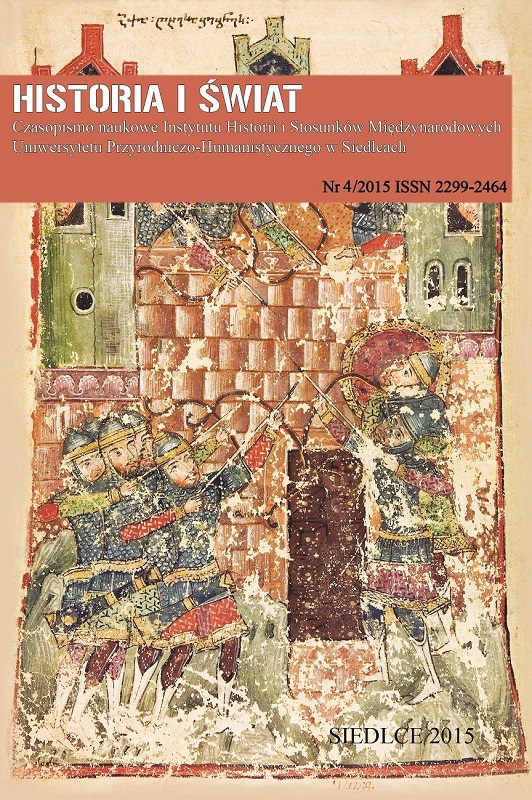Bronze mace with three rams' heads from Ashmolean Museum, University of Oxford
DOI:
https://doi.org/10.34739/his.2015.04.09Keywords:
Sasanian Warfare, Military History, Sasanian Beliefs, Central Asian Beliefs, Late Antiquity, Maces, SceptresAbstract
The present study brings to light a new Sasanian mace in the Ashmolean Museum in Oxford, England, acquired in 1971 from the Bomford Collection. The bronze mace head is in the shape of three ram heads, has an iron shaft, and a bronze pommel in the shape of a hand holding a ball. The mace incorporates several important decorative motifs – the ram heads which can be linked to the royal farr and to Central Asian visual language; the pearl necklace which is another symbol of the royal farr, and the triple dot motif which may have links to the star Tishtriya, to Apam Napat, or to Buddhist symbolism. In addition to these elements there is the hand motif, whose meaning is still unknown but might be linked to Asian symbolic hand gestures. The mace or scepter was an important element of royalty and of religion in Iran and Central Asia and the example in the Ashmolean museum is an important addition in the study of Iranian visual language and royal image in the specific context of Indo-Iranian mutual influence. In the present authors' opinion, the present mace is likely to date, based on relations with other objects, from the 5th - 7th Centuries and is likely to originate from Eastern-Iran or is rooted in Eastern-Iranian artistic tradition.
Downloads
Downloads
Published
Issue
Section
License
Copyright (c) 2015 Historia i Świat

This work is licensed under a Creative Commons Attribution-NoDerivatives 4.0 International License.




